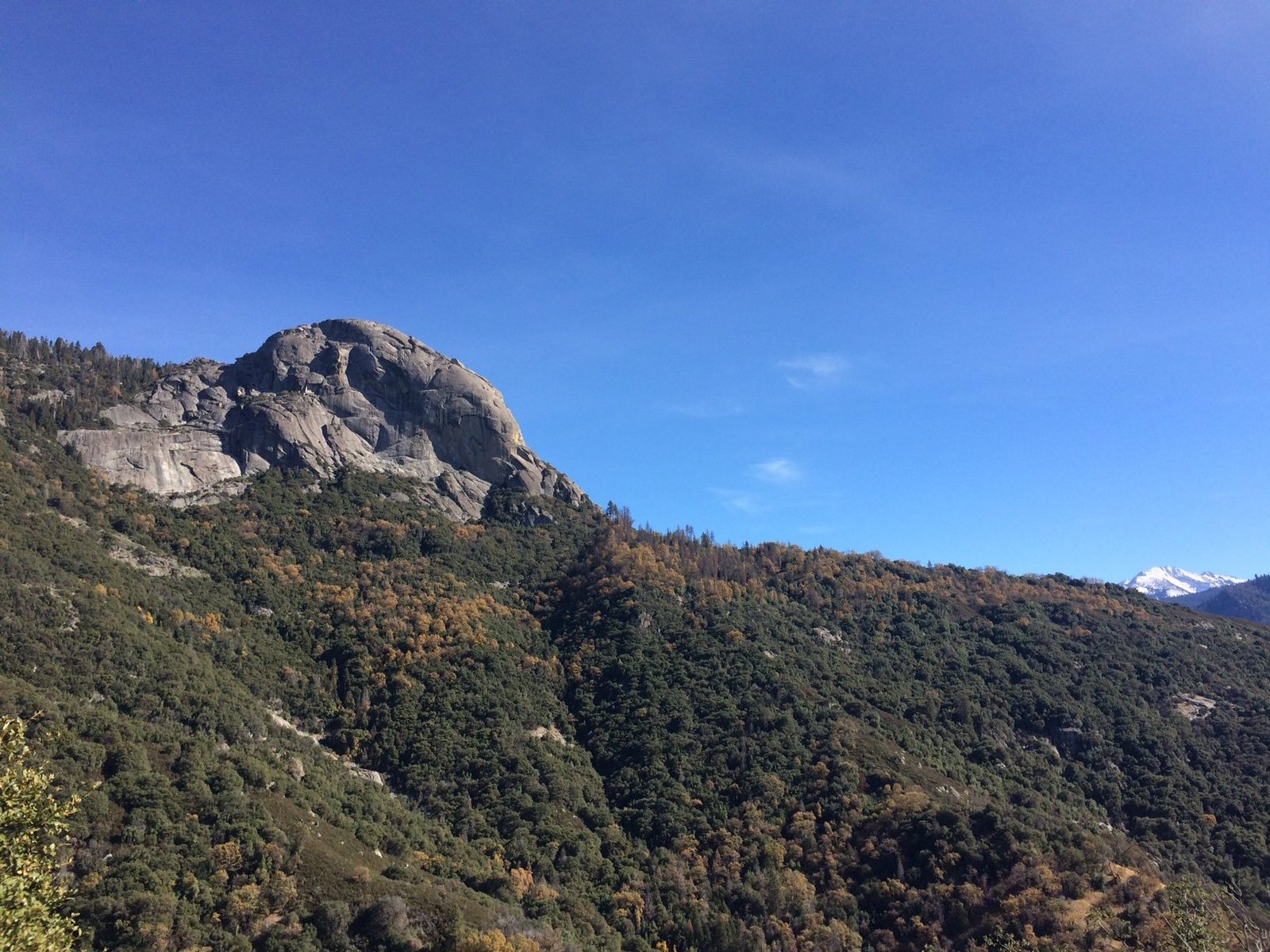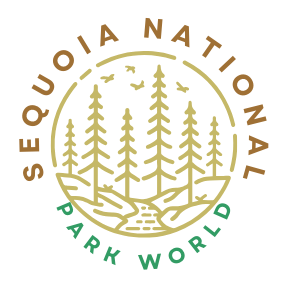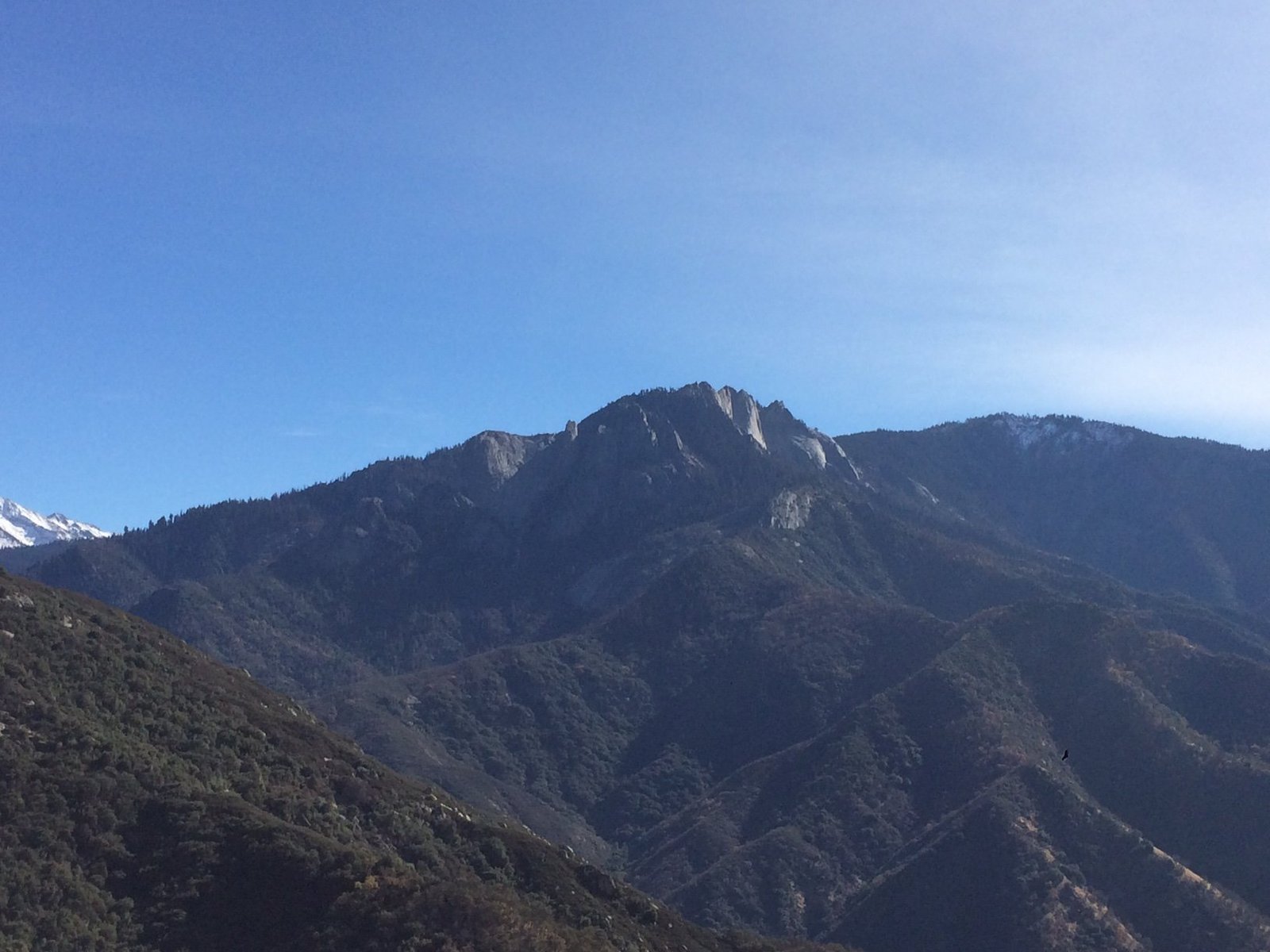Planning a trip to Sequoia National Park’s NPS trailheads requires careful consideration of various factors. From selecting the right trails to understanding parking options and accessibility, this guide covers essential aspects for a successful visit. Sequoia National Park offers diverse hiking experiences, from easy walks through giant sequoia groves to challenging backcountry adventures. By following this guide, you’ll be well-prepared to explore the park’s stunning landscapes and iconic trees.
What Are the Best Resources for Sequoia National Park Trailhead Maps?

When planning your trip to Sequoia National Park NPS trailheads, having accurate and detailed maps is crucial. Here are some of the best resources for trailhead maps:
- National Geographic Trails Illustrated Map: This comprehensive map covers the entire wilderness area of Sequoia and Kings Canyon National Parks. It includes:
- Detailed trail information
- Trailhead locations
- Points of interest
- Campground locations
- Geologic history
The map is printed on waterproof, tear-resistant material, making it ideal for outdoor use.
- Redwood Hikes Trail Map: This map focuses on the popular Generals Highway area, providing detailed information on:
- Northern and southern sections of the highway
- Grant Grove
- Redwood Mountain
- Lodgepole
- Giant Forest
- Alta Peak
- Bearpaw Meadow
It also includes a map of Kings Canyon’s valley floor and marks old-growth sequoia groves, trail mileages, and campsites.
- Sequoia Parks Conservancy Maps: Available at park visitor centers and online, these maps offer detailed information on specific areas such as:
- Giant Forest
- Grant Grove
- Backcountry trails
By utilizing these resources, you can effectively plan your trip to Sequoia National Park NPS trailheads and navigate the park with confidence.
Which Are the Must-Visit Trails in Sequoia National Park?

Sequoia National Park offers a variety of trails suitable for different skill levels and interests. Here are some must-visit trails to consider when planning your trip:
- Congress Trail
- Difficulty: Easy to Moderate
- Estimated Time: 2-3 hours
-
Unique Features: This trail takes you through the heart of the Giant Forest, passing by notable sequoias like the General Sherman Tree and the President Tree.
-
Alta Peak Trail
- Difficulty: Strenuous
- Estimated Time: 7-9 hours
-
Unique Features: Offers panoramic views of the Great Western Divide and the Kaweah Peaks. It’s a challenging hike with significant elevation gain.
-
Moro Rock Trail
- Difficulty: Moderate
- Estimated Time: 1-2 hours
-
Unique Features: Leads to the top of Moro Rock, providing stunning views of the Great Western Divide and the Giant Forest.
-
Crystal Lake Trail
- Difficulty: Moderate
- Estimated Time: 3-5 hours
- Unique Features: Takes you to a picturesque lake surrounded by meadows and forests. It’s a popular day hike with scenic views.
When planning your trip to Sequoia National Park NPS trailheads, consider your fitness level and time constraints when choosing which trails to explore.
How Accessible Are Sequoia National Park Trailheads?
Accessibility is an important consideration when planning your trip to Sequoia National Park NPS trailheads. The park offers several options for visitors with varying mobility needs:
- ADA-Compliant Trails:
- Congress Trail
- General Sherman Tree Trail
These trails are paved and relatively flat, making them accessible for visitors with mobility impairments.
- Accessible Facilities:
- Visitor centers
- Restrooms
- Some campgrounds
Many of the park’s facilities are ADA-compliant, ensuring a comfortable experience for all visitors.
- Transportation:
- Accessible parking spaces
- Shuttle services (during summer months)
However, it’s important to note that some trails, especially in the backcountry, can be challenging due to:
– Rugged terrain
– Steep inclines
– Uneven surfaces
When planning your trip, it’s advisable to consult with park rangers for the most up-to-date information on trail conditions and accessibility options.
What Are the Parking Options at Sequoia National Park Trailheads?
Understanding parking options is crucial when planning your trip to Sequoia National Park NPS trailheads. Here’s what you need to know:
- Parking Availability:
- Popular areas like Giant Forest and Grant Grove have larger parking lots
-
Spots can fill up quickly during peak season
-
Fees:
- Park entrance fee required
- Parking at trailheads is generally free once inside the park
-
Some areas may have specific regulations or restrictions
-
Peak Times:
- Summer months and holidays experience high visitor numbers
- Parking can be limited during these periods
| Time of Year | Parking Availability | Recommended Action |
|---|---|---|
| Peak Season (Summer) | Limited | Arrive early or use shuttle services |
| Off-Season | Generally available | Regular arrival times acceptable |
| Holidays | Very limited | Use shuttle services or plan for alternative transportation |
To ensure a smooth experience, consider the following tips:
– Arrive early, especially during peak season
– Use the park’s shuttle services when available (typically during summer months)
– Have a backup plan in case your preferred trailhead parking is full
What Should You Pack for Hiking in Sequoia National Park?
Proper preparation is key when planning your trip to Sequoia National Park NPS trailheads. Here’s a comprehensive packing list to ensure you have everything you need:
- Essentials:
- Backpack
- Water (at least 1 liter per person per hour of hiking)
- High-energy snacks and meals
- First-aid kit
- Navigation tools (map and compass)
- Flashlight or headlamp with extra batteries
- Sun protection (sunscreen, hat, sunglasses)
-
Insect repellent
-
Clothing:
- Moisture-wicking base layers
- Insulating mid-layer (fleece or wool)
- Waterproof and breathable outer layer
- Sturdy hiking boots
- Extra socks
-
Gloves and warm hat (for higher elevations)
-
Additional Items:
- Trekking poles
- Camera
- Binoculars
- Bear spray (if hiking in backcountry areas)
- Portable charger for electronic devices
Remember to adjust your packing list based on the season, trail difficulty, and duration of your hike.
When Is the Best Time to Visit Sequoia National Park?
Choosing the right time to visit is crucial when planning your trip to Sequoia National Park NPS trailheads. Each season offers a unique experience:
- Spring (April to May):
- Pros: Wildflowers in bloom, fewer crowds
-
Cons: Some higher elevation trails may still be snow-covered
-
Summer (June to August):
- Pros: All trails open, warm weather
-
Cons: Crowded, limited parking, potential for wildfires
-
Fall (September to October):
- Pros: Cooler temperatures, fall colors, fewer crowds
-
Cons: Shorter days, potential for early snow at higher elevations
-
Winter (November to March):
- Pros: Snow-covered landscapes, quiet atmosphere
- Cons: Limited access to some areas, cold temperatures, need for winter gear
Consider your preferences for weather, crowd levels, and available activities when deciding on the best time for your visit.
How Can You Minimize Your Environmental Impact While Hiking?
When planning your trip to Sequoia National Park NPS trailheads, it’s important to consider your environmental impact. Follow these principles of Leave No Trace:
- Plan Ahead and Prepare:
- Research trail conditions and regulations
-
Pack appropriate gear and supplies
-
Travel and Camp on Durable Surfaces:
- Stay on designated trails
-
Camp in established sites when possible
-
Dispose of Waste Properly:
- Pack out all trash
-
Use designated restroom facilities or follow proper backcountry waste disposal methods
-
Leave What You Find:
- Do not remove plants, rocks, or artifacts
-
Avoid disturbing wildlife
-
Minimize Campfire Impacts:
- Use established fire rings where allowed
-
Consider using a camp stove instead
-
Respect Wildlife:
- Observe animals from a distance
-
Do not feed wildlife
-
Be Considerate of Other Visitors:
- Keep noise levels down
- Yield to other hikers on the trail
By following these guidelines, you can help preserve the natural beauty of Sequoia National Park for future generations.
Planning your trip to Sequoia National Park NPS trailheads requires careful consideration of various factors, from choosing the right trails to understanding parking options and minimizing your environmental impact. By following this comprehensive guide, you’ll be well-prepared to explore the park’s stunning landscapes and iconic sequoia trees while ensuring a safe and enjoyable experience for all visitors.
References:
1. Sequoia and Kings Canyon National Park trail map – Redwood Hikes
2. Maps – Sequoia & Kings Canyon National Parks (U.S. National Park Service)
3. Sequoia Maps | NPMaps.com – just free maps, period.

